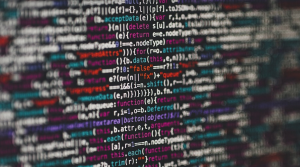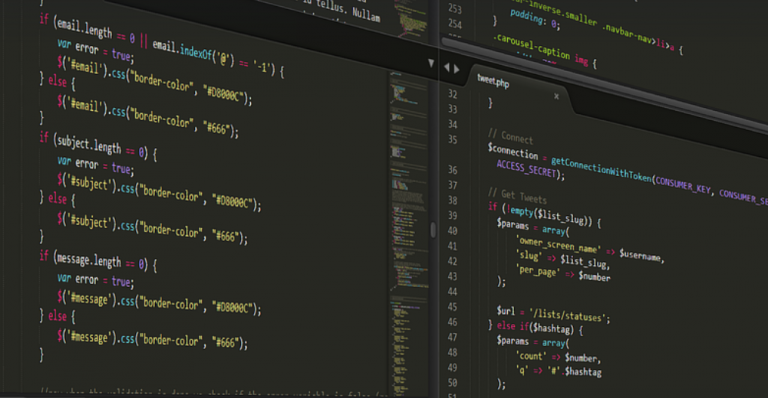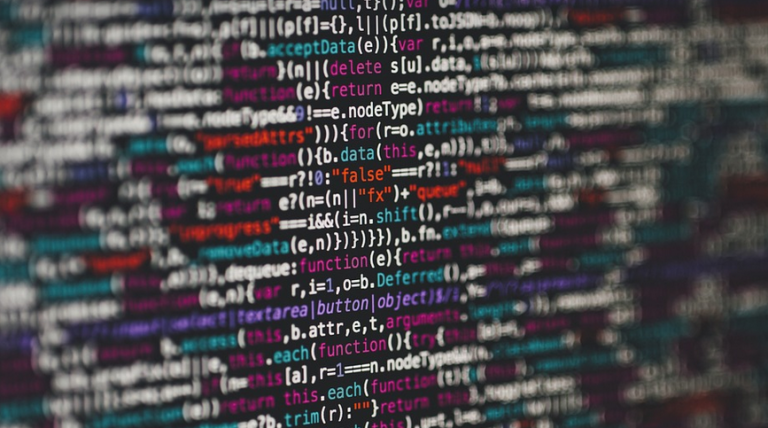Diving Deep with Your Science Kit
Alright, fellow science enthusiasts! It’s time to put your scientific know-how to the test. The 1.04 quiz is here, and it promises to challenge you in exciting new ways, exploring the complex world of scientific processes. Don’t worry if it feels daunting; this guide will walk you through the different stages, provide helpful tips, and even offer some fun facts along the way.
First things first, let’s understand the core concepts. Scientific processes aren’t just about memorizing names; they are about understanding their essence. At the heart of it all lies the scientific method: a structured approach to answering questions about the universe. It involves observation, experimentation, and analysis. This process allows us to test our ideas, gain new insights, and refine our knowledge—a journey that truly connects science with real-world problems.
But how do you apply this method in practice? It’s like building a house; each step is crucial for ensuring the final structure stands strong. The scientific process unfolds in stages, kind of like building blocks, forming an elegant framework for understanding the world around us:
The Scientific Process: A Step-by-Step Journey
1. **Ask a question!** It all starts with curiosity. Observe something that catches your eye or sparks a thought – maybe about gravity, animal behavior, or even how the best recipe for cookies works. Formulate a clear and specific question that you want to investigate.
2. **Research!** Before jumping into experiments, it’s crucial to gather information. Dig deeper into your chosen topic; delve into online resources like scientific journals or books. Talk to experts in the field; there’s no shame in seeking their guidance. Remember, knowledge is power.
3. **Formulate a hypothesis!** This is where you make bold predictions. Your hypothesis acts as a roadmap for your journey, providing a clear explanation of what you expect to observe if your experiment works out as planned.
4. **Test your hypothesis!** This is the heart of scientific inquiry—it’s about putting your theory into action. Design and conduct experiments that will test your claims. The key here is control; ensure you have a “control group” for comparison, helping you isolate the effects of your variables.
5. **Analyze your data!** Once your experiment reaches its conclusion, it’s time to evaluate the results. Employ statistical analysis or other methods to examine patterns and trends in your observations. This step is all about extracting meaningful insights from your data – think of it as a detective meticulously tracing clues.
6. **Draw conclusions!** Based on your data analysis, draw clear-cut conclusions that answer the initial question you posed in the first stage. Were your predictions correct? What new information did you uncover during the process? Remember, this step is about solidifying your understanding of the phenomenon you observed.
7. **Communicate your findings!** Now comes the part where you share your discoveries with the world! Write a report, create a presentation, or even discuss it with peers; the goal is to spread the knowledge and inspire others. Communicating effectively helps us bridge the gap between scientific insights and real-world applications.
Remember, understanding the steps in the scientific process isn’t just about memorizing a list of events. It’s about learning a methodology that empowers you to explore the unknown – about developing critical thinking skills and becoming an active participant in the grand adventure of discovery!
Let’s talk more about some interesting concepts within this process? What are your thoughts about the role of technology in scientific research?














